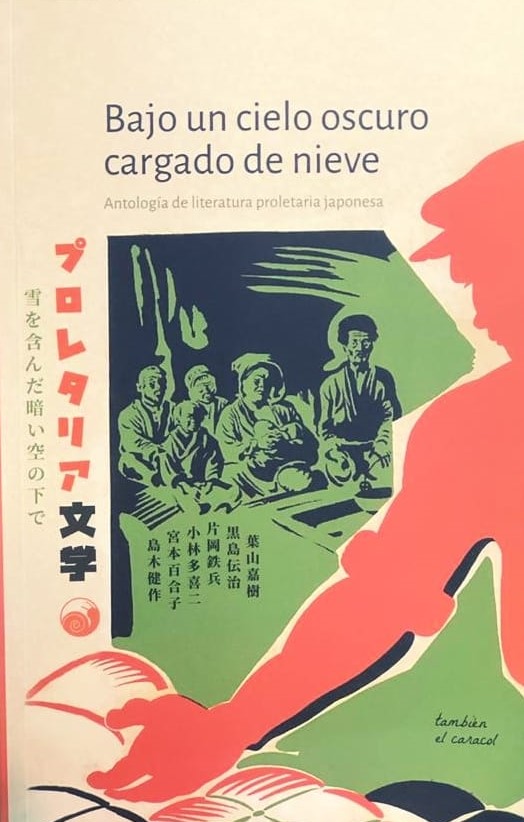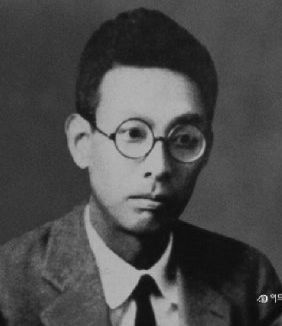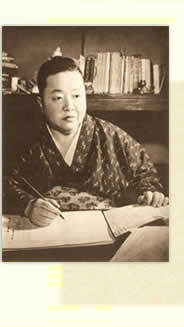
En los años 30 el partido comunista es ilegal en Japón y se persigue a sus militantes. Un grupo de escritores eligió el camino de la escritura de compromiso, levantar las banderas del proletariado. Hacer que el lector se involucre en la lucha por las reivindicaciones y mejoras de trabajo. En esta selección de cuentos de Hayama, Kuroshima, Kataoka, Kobayashi, Miyamoto y Shimaki, conocemos a escritores que sin abandonar la elegancia de la escritura buscaron poner la palabra del lado del débil, hacerlo gigante en cada lucha. Cada relato da testimonio de la persecución ideológica, la tortura, la censura (muchos de ellos tienen palabras y hasta párrafos que fueron borrados en su momento). Es un error suponer que estamos frente a una literatura menor, o que los personajes no son profundos. Aquí nos paramos frente a una prosa combativa que busca en la tragedia la forma de entender un tiempo y exponerlo. Bajo un cielo oscuro cargado de nieve es, ante todo, una estampa de Japón. La recopilación cierra con la belleza de "La rana roja", de Kensaku Shimaki, donde la metáfora de la lucha en desigualdad da un brillo sereno a esta literatura tan roja como ese sol naciente. - Marcelo Rubio
Authors

Takiji Kobayashi (小林 多喜二) was a Japanese author of proletarian literature. Kobayashi was born in Odate, Akita, Japan and was brought up in Otaru, Hokkaidō. After graduating from the Otaru School of Higher Learning, which is the current Otaru University of Commerce, he worked at the Otaru branch of Hokkaido Takushoku Bank. His most famous work is Kanikōsen, or Crab-Canning Boat – a novel published in 1929. It tells the story of several different people and the beginning of organization into unions of fishing workers. He joined the Japanese Communist Party in 1931. The young writer was killed during a torture session by Tokkō police two years later, at age 29.


Yuriko Miyamoto (宮本 百合子 Miyamoto Yuriko, 13 February 1899 – 21 January 1951) was a Japanese novelist active during the Taishō and early Shōwa periods of Japan. Her maiden name was Chūjō 中條 Yuriko. Miyamoto Yuriko was born in the Koishikawa district of Tokyo (now part of Bunkyō district) to privileged parents. Her father was a Cambridge trained professor of architecture at Tokyo Imperial University. She was aware at an early age of the differences between her own circumstances and those of the sharecroppers who worked her family's land, and the ensuing sense of guilt over the differences in social and economic status drew her towards socialism, and later towards the early Japanese feminist movement. (from Wikipedia)